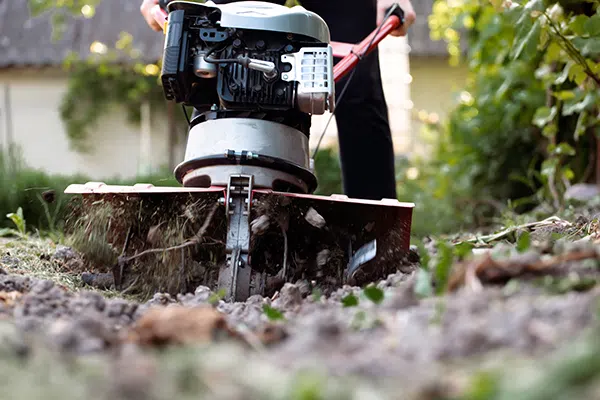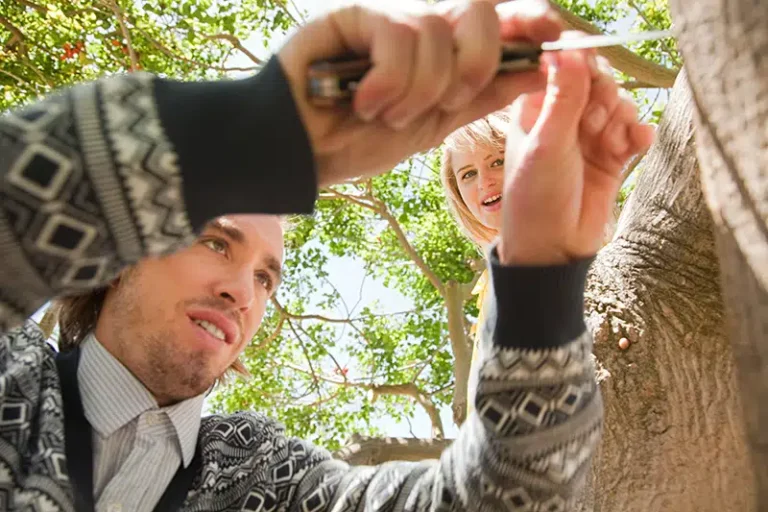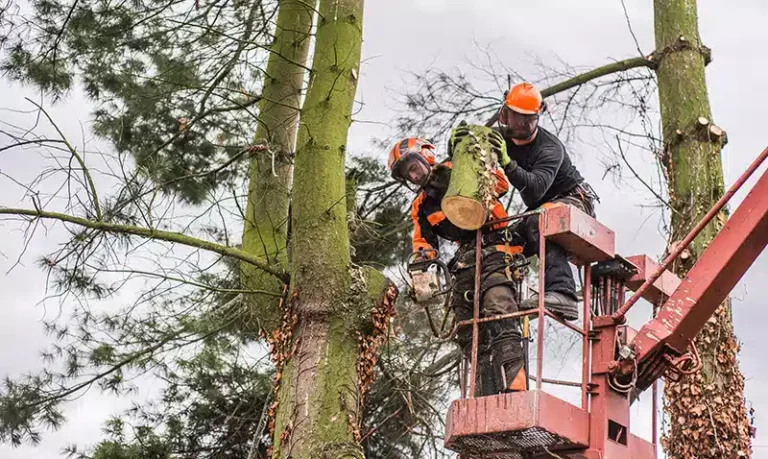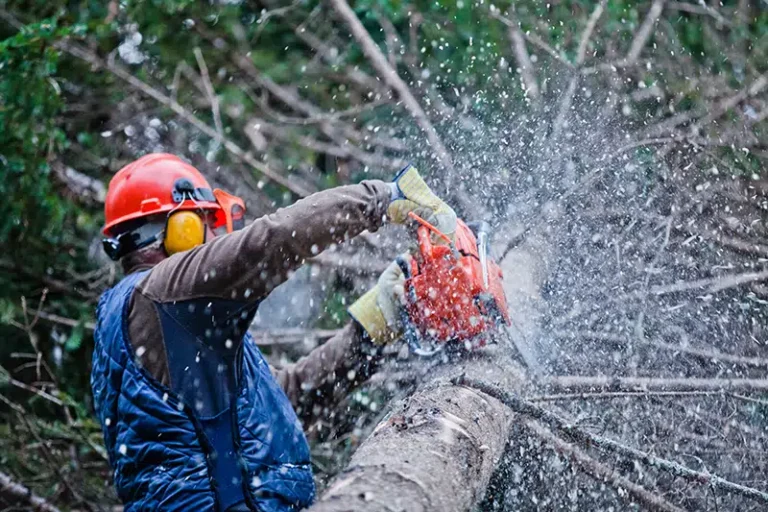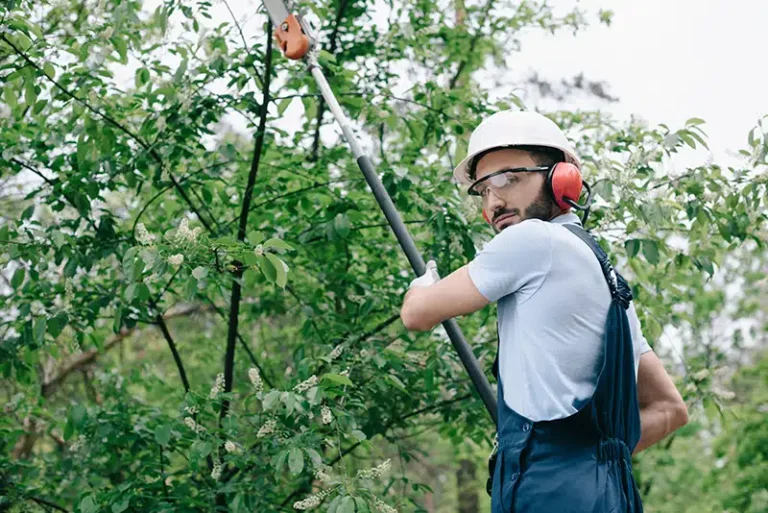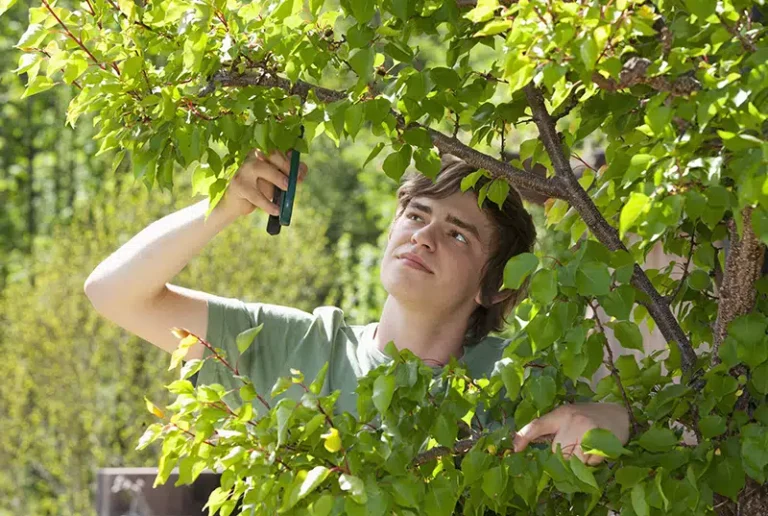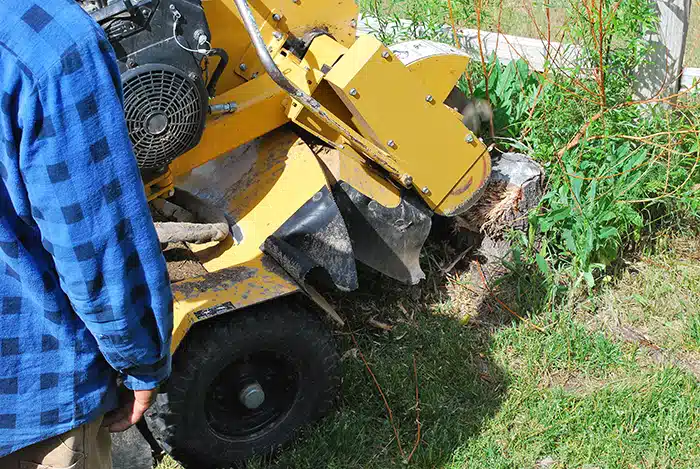How Does Stump Grinding Facilitate Better Lawn Growth?
After a tree is removed, many homeowners are left with an unsightly stump that seems harmless—but it can have a lasting impact on your yard’s health and appearance. Stump grinding is a practical solution that goes beyond aesthetics; it directly affects the condition of your lawn and the potential for new, healthy growth.
By grinding down the remaining tree stump, you eliminate barriers that hinder grass development, reduce the risk of pest infestations, and make your landscape easier to maintain. If you’re aiming for a lush, thriving lawn, stump grinding plays a bigger role than you might think.
Clears Space for Grass and Root Systems
A leftover stump takes up valuable ground space that could otherwise support grass or garden beds. Grinding the stump down opens up the area for new plant growth and root expansion.
- Allows grass roots to spread naturally and evenly
- Frees up space for seeding, sod, or landscaping upgrades
- Reduces crowding that stifles healthy lawn development
- Prevents soil compaction caused by roots and stump remains
With the stump out of the way, your lawn can flourish without physical or root-based obstacles.
Improves Soil Quality and Access to Nutrients
Old stumps and their roots can continue to leach nutrients from the soil, competing with grass for essential minerals and water. Stump grinding removes this competition and enhances soil health.
- Stops old roots from absorbing moisture and nutrients
- Makes room for soil enrichment and fertilization
- Reduces the chance of fungal growth that affects nearby plants
- Encourages better drainage and oxygen flow for new roots
Healthier soil means healthier grass. Removing the stump allows your lawn to access the full benefits of proper lawn care.
Reduces Pest and Disease Risks
Decaying stumps can become breeding grounds for pests like termites, ants, and beetles. These infestations often spread to nearby vegetation or even your home.
- Eliminates a common nesting site for wood-boring insects
- Prevents fungal growth that spreads lawn diseases
- Deters rodents and other pests from settling in the stump
- Minimizes the chance of invasive species affecting new plants
By grinding the stump, you reduce pest risks and create a cleaner, safer environment for your lawn to grow.
Creates a Smoother Surface for Maintenance
Uneven ground caused by stumps or surface roots can make mowing difficult and dangerous. Grinding creates a level surface that simplifies routine lawn care and prevents damage to equipment.
- Removes tripping hazards in high-traffic lawn areas
- Allows for even mowing and easier trimming
- Reduces wear and tear on lawnmowers and garden tools
- Supports new grass growth with a stable soil surface
A smooth, stump-free lawn is easier to manage and more enjoyable for outdoor activities.
Promotes Visual Appeal and Landscape Harmony
A leftover stump can be an eyesore that disrupts the clean look of your landscape. Grinding restores visual harmony and allows you to create a seamless, attractive yard.
- Blends the area with the rest of the lawn after reseeding
- Increases curb appeal by removing deadwood and decay
- Opens space for decorative features like flower beds or lawn furniture
- Supports a uniform and lush grass appearance
With the stump gone, your lawn becomes a blank canvas ready for vibrant and cohesive landscaping.
Stump grinding is more than a finishing touch—it’s a strategic move to enhance your lawn’s health, appearance, and potential. By removing old stumps, you improve soil conditions, eliminate competition for nutrients, prevent pest problems, and create a safer and more attractive yard.
If you’re aiming for a thriving, green lawn, professional stump grinding is a smart investment that paves the way for healthy, long-lasting growth.

